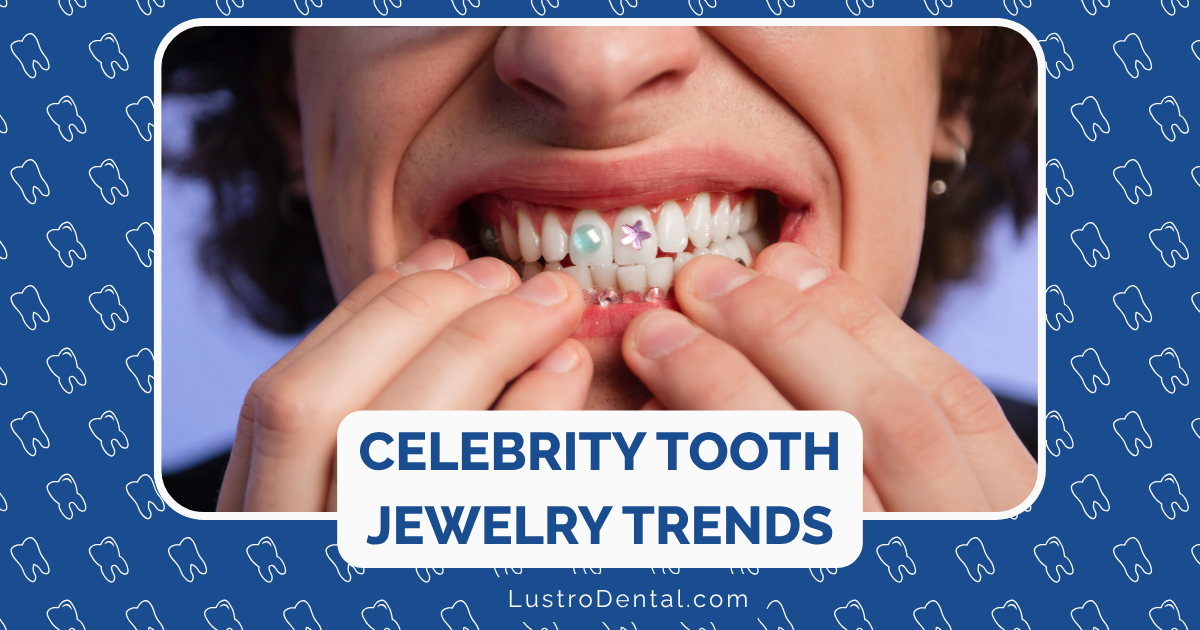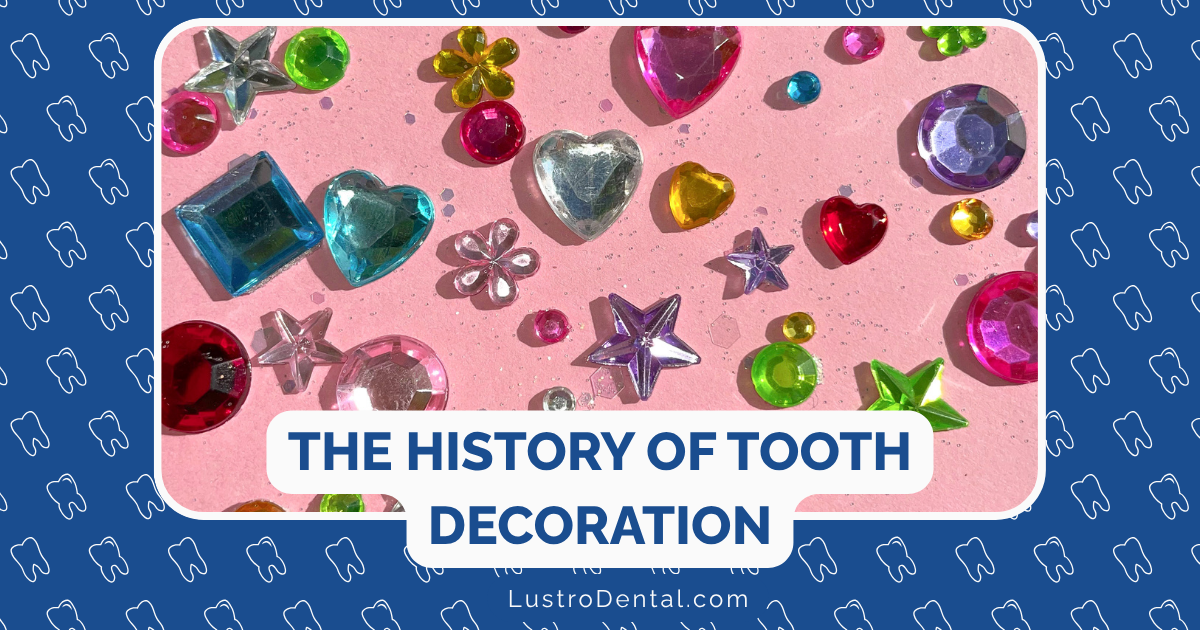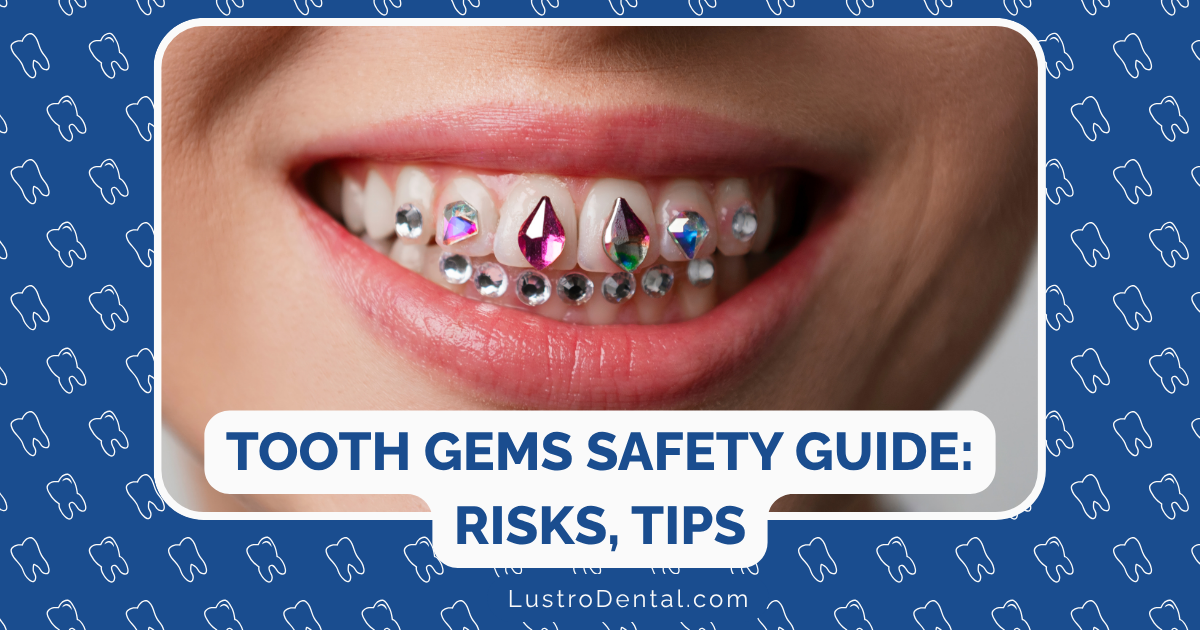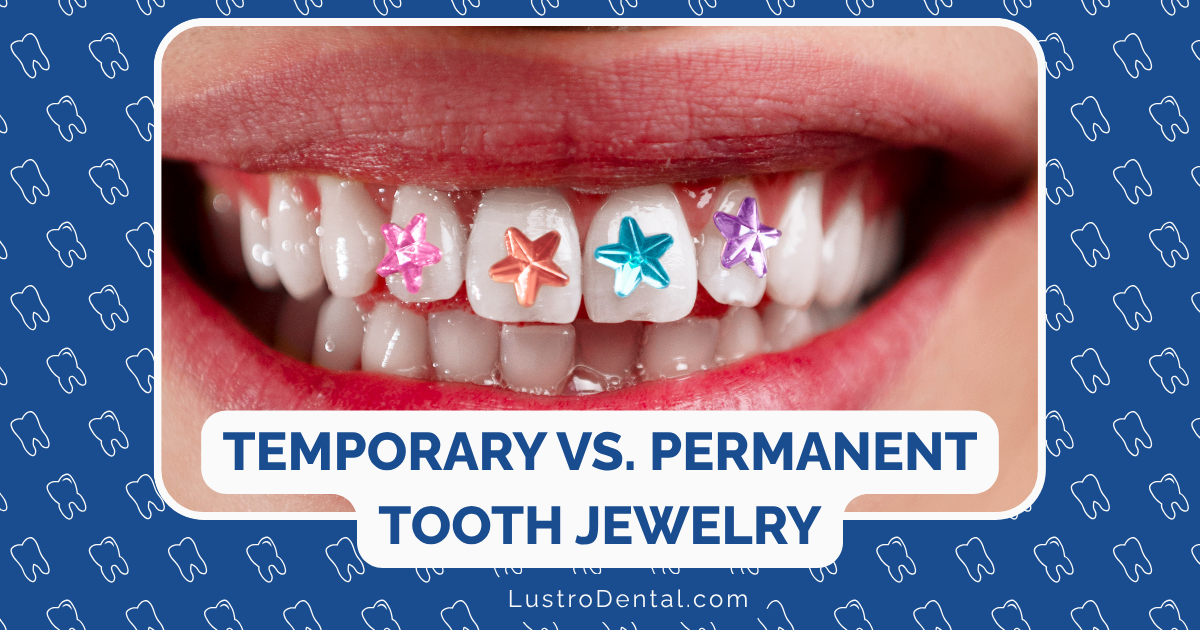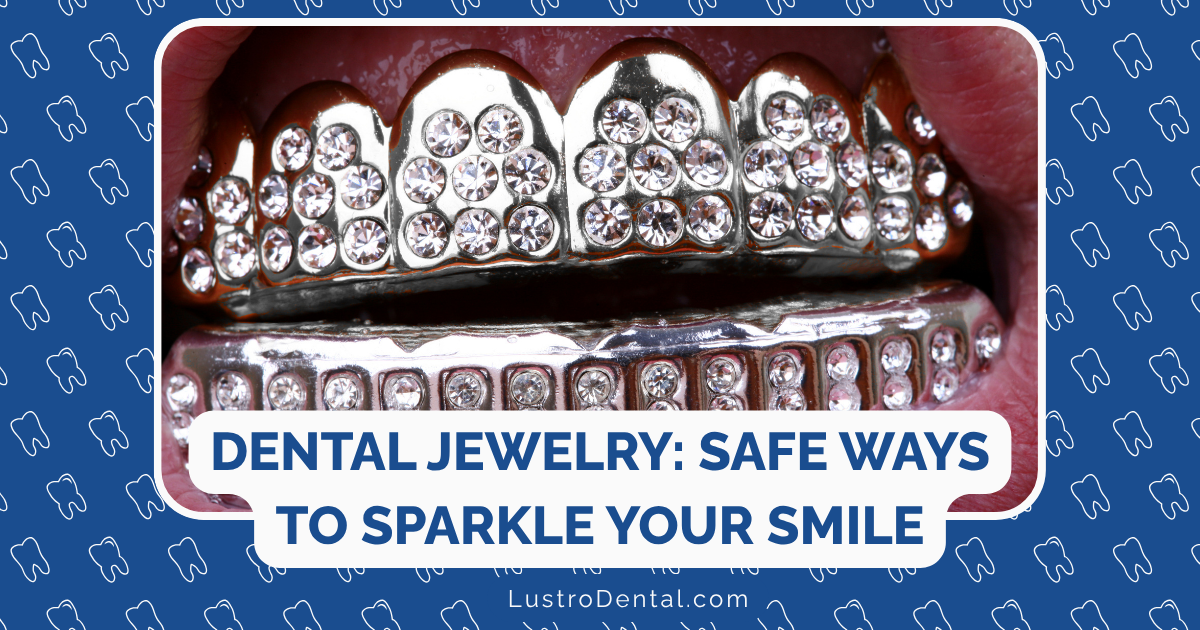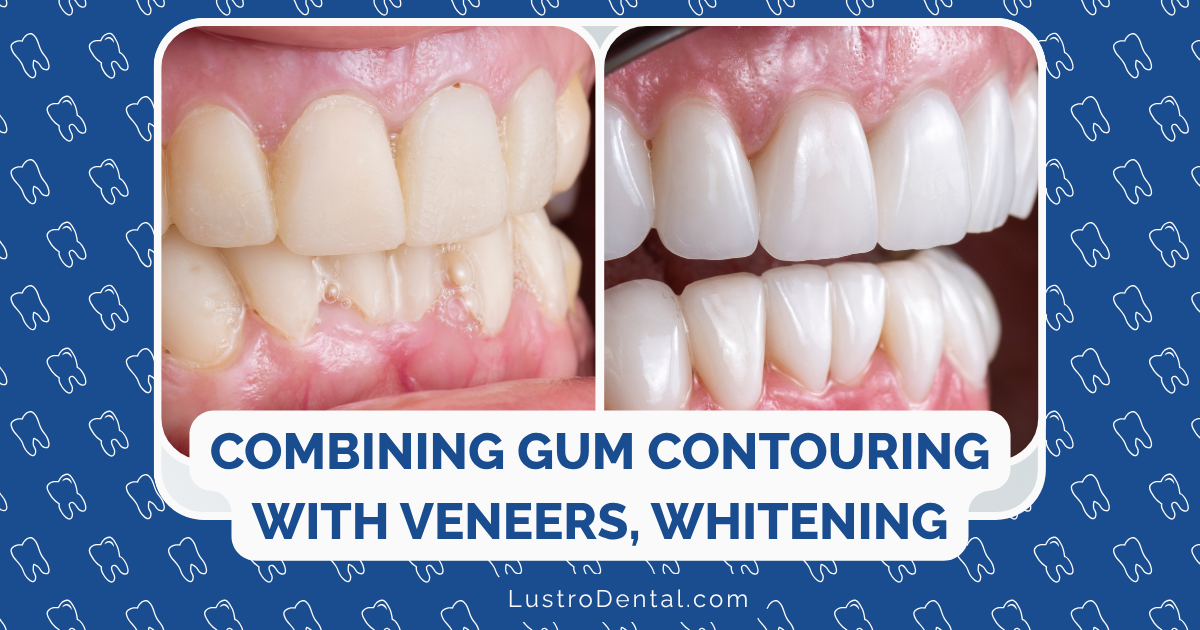Minimal-Prep Veneers: The Conservative Approach to Smile Transformation
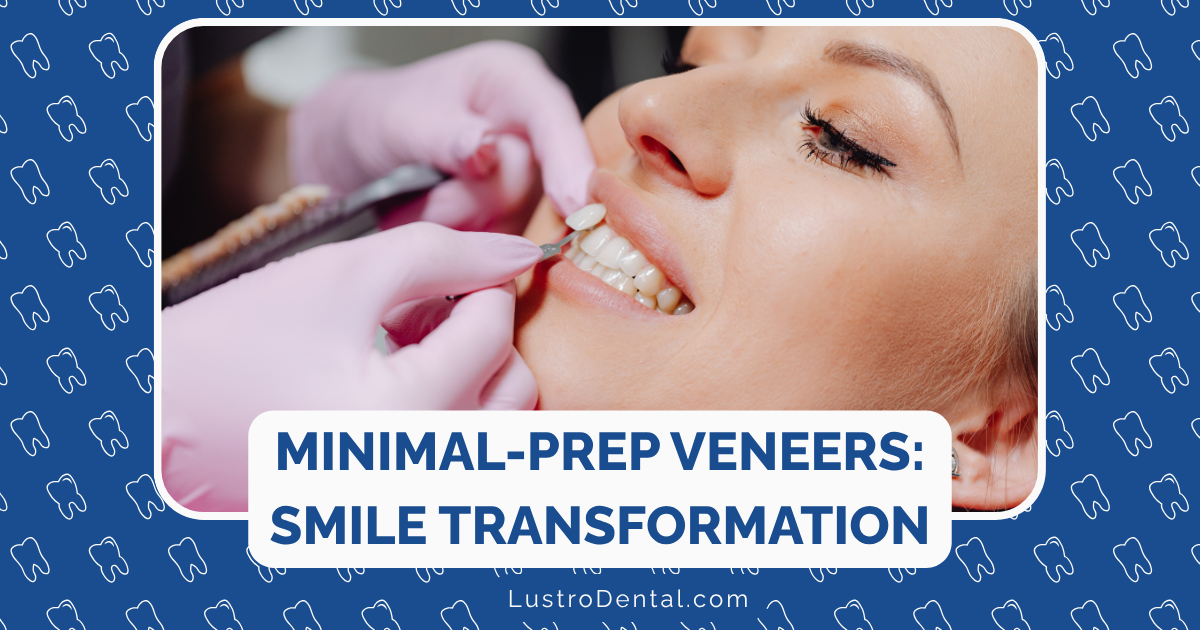
When patients sit in my chair and express dissatisfaction with their smile, I can see the internal struggle in their eyes. They desperately want change, but they’re hesitant about the process. “Will it hurt? How much of my natural teeth will be removed? Is it permanent?”
These concerns are valid. For decades, traditional veneers have required significant tooth reduction—sometimes up to 1mm of enamel removal—a process that’s irreversible and can potentially lead to sensitivity and other complications down the road.
But what if I told you there’s a way to transform your smile while preserving the majority of your natural tooth structure? This is where minimal-prep veneers shine as a conservative yet effective approach to cosmetic dentistry.
Understanding Minimal-Prep Veneers: A Gentler Approach
Minimal-prep veneers (sometimes called “conservative veneers” or “minimal preparation veneers”) are ultra-thin porcelain shells designed to require significantly less tooth reduction than traditional veneers—typically only 0.3-0.5mm of enamel compared to the 0.5-1.0mm required for traditional veneers.
In some cases, depending on the patient’s specific situation, they may even be applied with virtually no preparation at all (hence the related term “no-prep veneers”).
According to a 2023 study published in the Journal of Esthetic and Restorative Dentistry, minimal-prep veneers can achieve comparable aesthetic results to traditional veneers while preserving up to 60-70% more natural tooth structure. This represents a significant advancement in conservative dentistry principles.
The Science of Enamel Preservation
To understand why enamel preservation matters so much, we need to appreciate what enamel does for our teeth.
Enamel is the hardest substance in the human body, forming a protective shell around the more sensitive dentin and pulp layers of our teeth. It’s our first line of defense against:
- Sensitivity to hot and cold
- Tooth decay
- Wear and tear from daily use
- Staining and discoloration
Once removed, enamel doesn’t regenerate naturally. This irreversibility is why conservative approaches like minimal-prep veneers have gained such traction in modern cosmetic dentistry.
Dr. Michael Apa, a renowned cosmetic dentist, explains in his clinical research: “Preserving enamel isn’t just about maintaining tooth structure—it’s about preserving the biological and structural integrity of the entire tooth-restoration complex.”
The Minimal-Prep Veneer Procedure: What to Expect
The process of getting minimal-prep veneers typically involves:
1. Comprehensive Consultation and Planning
Using advanced digital imaging and smile design software, your dentist will create a detailed preview of your potential results. This crucial planning stage ensures minimal preparation is required while still achieving optimal aesthetic outcomes.
2. Conservative Preparation
Unlike traditional veneers, which may require significant reshaping of the tooth, minimal-prep veneers involve:
- Minimal enamel reduction (typically 0.3-0.5mm)
- Focus on preserving the natural contours of your teeth
- Often no need for temporary veneers between appointments
- Frequently no need for anesthesia due to the conservative nature of the procedure
3. Digital Impressions
Most modern minimal-prep veneer procedures utilize digital scanning technology rather than traditional putty impressions. This provides greater accuracy and a more comfortable experience for patients.
4. Custom Fabrication
Using the digital impressions, a dental laboratory creates custom veneers from high-quality porcelain or ceramic materials. Modern materials allow for incredibly thin yet durable veneers that require minimal tooth reduction.
5. Bonding and Refinement
The veneers are bonded to your teeth using specialized adhesives. Final adjustments ensure proper fit, bite alignment, and aesthetic harmony with your facial features.
Who’s an Ideal Candidate for Minimal-Prep Veneers?
While minimal-prep veneers offer numerous benefits, they’re not the perfect solution for everyone. Ideal candidates typically include:
- Patients with minor cosmetic concerns (slight discoloration, small gaps, minor chips)
- Those with teeth that are already well-positioned or only slightly misaligned
- People with adequate enamel thickness and health
- Patients who prioritize tooth preservation
- Those looking for a more reversible cosmetic option
According to a 2025 clinical assessment published in the Journal of the American Dental Association, approximately 70% of patients seeking cosmetic dental improvements could be candidates for minimal-prep approaches.
The Benefits: Beyond Enamel Preservation
While conserving natural tooth structure is the primary advantage, minimal-prep veneers offer several other benefits:
1. Reduced Sensitivity
With less enamel removal, patients typically experience significantly less post-procedure sensitivity. A 2024 comparative study found that patients with minimal-prep veneers reported 65% less sensitivity than those with traditional veneers in the weeks following placement.
2. More Comfortable Procedure
Many patients can undergo minimal-prep veneer placement without local anesthesia, making the experience more comfortable and reducing anxiety.
3. Potential Reversibility
While not always fully reversible (depending on the extent of preparation), minimal-prep veneers generally allow for more options in the future should the veneers need to be removed or replaced.
4. Natural Aesthetics
Modern minimal-prep veneers are crafted from advanced ceramic materials that mimic the translucency and light-reflecting properties of natural teeth. Dr. Amanda Johnson of the American Academy of Cosmetic Dentistry notes: “The thinner material actually allows for better light transmission, creating a more natural appearance in many cases.”
5. Longevity with Proper Care
With proper maintenance, minimal-prep veneers can last 10-15 years or longer. A 2025 longitudinal study found that minimal-prep veneers had a 94.4% success rate after 10 years when patients maintained good oral hygiene and regular dental check-ups.
Limitations and Considerations
In the spirit of providing balanced information, it’s important to acknowledge that minimal-prep veneers aren’t without limitations:
1. Not Suitable for Severe Issues
Cases involving significant misalignment, severe discoloration, or substantial structural damage may require traditional veneers or alternative treatments.
2. Technique Sensitivity
The success of minimal-prep veneers heavily depends on the skill and experience of the dentist. The precision required for these ultra-thin restorations demands advanced training and expertise.
3. Material Considerations
While modern ceramics are remarkably strong even in thin layers, minimal-prep veneers may be slightly more prone to chipping than their thicker traditional counterparts in certain situations.
4. Cost Factors
Though prices vary by location and provider, minimal-prep veneers often cost between $1,500 and $2,500 per tooth—comparable to traditional veneers despite the more conservative approach.
Patient Experiences: Real Stories of Conservative Transformation
Sarah, a 34-year-old marketing executive, had been unhappy with the slight gaps between her front teeth but was hesitant about traditional veneers. “I didn’t want to permanently alter my healthy teeth,” she explains. “Minimal-prep veneers gave me the smile I wanted while keeping most of my natural tooth structure intact. Two years later, I couldn’t be happier with my decision.”
Michael, 42, chose minimal-prep veneers to address mild discoloration that whitening couldn’t fully resolve. “The procedure was so much more comfortable than I expected,” he shares. “I didn’t even need numbing, and the results look completely natural. Friends notice something’s different but can’t tell I have veneers.”
Comparing Minimal-Prep to Traditional Veneers: A Decision Guide
To help you understand whether minimal-prep veneers might be right for you, here’s a side-by-side comparison with traditional veneers:
| Factor | Minimal-Prep Veneers | Traditional Veneers |
| Enamel Removal | 0.3-0.5mm (minimal) | 0.5-1.0mm (significant) |
| Reversibility | More reversible | Irreversible |
| Anesthesia | Often unnecessary | Usually required |
| Temporaries | Rarely needed | Typically required |
| Sensitivity | Minimal | Can be significant |
| Suitable For | Minor to moderate issues | Minor to severe issues |
| Strength | Very good | Excellent |
| Aesthetics | Highly natural | Highly customizable |
| Longevity | 10-15+ years with care | 10-20+ years with care |
| Cost | $1,500-$2,500 per tooth | $1,000-$2,500 per tooth |
The Future of Minimal-Prep Veneers: Innovations on the Horizon
The field of conservative cosmetic dentistry continues to evolve rapidly. Some exciting developments include:
Advanced Biomaterials
New ceramic formulations are allowing for even thinner yet stronger veneers. According to recent research, next-generation materials may enable effective veneers as thin as 0.2mm while maintaining excellent durability.
Digital Workflow Enhancements
The integration of artificial intelligence into smile design software is improving treatment planning, allowing for even more precise and minimally invasive preparations.
Improved Bonding Technologies
Advances in adhesive dentistry are creating stronger bonds between ultra-thin veneers and minimally prepared tooth surfaces, further enhancing longevity.
Making Your Decision: Questions to Ask Your Dentist
If you’re considering minimal-prep veneers, here are some important questions to discuss with your dentist:
- Given my specific concerns, am I a good candidate for minimal-prep veneers?
- How much tooth structure will need to be removed in my case?
- What material do you recommend for my veneers, and why?
- Can you show me before-and-after photos of similar cases you’ve treated?
- What is your experience specifically with minimal-prep techniques?
- What can I expect in terms of longevity for my specific situation?
- If I were to need them removed in the future, what would that process involve?
Maintaining Your Minimal-Prep Veneers
To maximize the lifespan of your investment, follow these maintenance guidelines:
- Practice excellent oral hygiene: Brush twice daily and floss daily
- Use non-abrasive toothpaste: Avoid highly abrasive whitening formulations
- Wear a night guard if you grind your teeth: This protects both your natural teeth and veneers
- Avoid using teeth as tools: Don’t open packages or bite fingernails
- Attend regular dental check-ups: Professional cleaning and monitoring is essential
- Consider occasional polishing: Professional polishing can restore luster over time
The Psychological Impact of Conservative Smile Transformation
Beyond the physical benefits, the psychological impact of improving your smile while preserving natural tooth structure shouldn’t be underestimated. Many patients report:
- Increased confidence in social and professional settings
- Relief from anxiety about irreversible dental procedures
- Satisfaction with knowing they’ve made a conservative choice
- Pride in their natural-looking results
Dr. Lisa Martinez, a dental psychologist specializing in cosmetic dentistry experiences, notes: “The knowledge that they’ve preserved their natural teeth while achieving their aesthetic goals gives patients a unique sense of satisfaction that extends beyond the visual improvement.”
Conclusion: A Balanced Perspective on Minimal-Prep Veneers
Minimal-prep veneers represent a significant advancement in the field of cosmetic dentistry—one that honors the principle of conservation of tooth structure while still delivering remarkable aesthetic improvements.
They aren’t the right solution for everyone, but for many patients seeking moderate smile enhancements, they offer an appealing middle ground between non-invasive treatments like whitening and more aggressive approaches like traditional veneers or crowns.
As with any dental procedure, the key to success lies in thorough consultation with an experienced cosmetic dentist who can evaluate your specific situation and help you determine if minimal-prep veneers align with both your aesthetic goals and your values regarding dental conservation.
The best smile transformations aren’t just about creating beauty—they’re about creating beauty responsibly, with respect for the natural structures that will support that beauty for years to come.
Have you had experience with minimal-prep veneers? What factors are most important to you when considering cosmetic dental treatments? Share your thoughts in the comments below!


